10. Lima Metro Line 1, Peru
Line 1 Metro Lima project consists in the operation and maintenance of the first urban electric metro train line in Lima. It runs a double rail tract in a mostly elevated viaduct connecting 11 highly populated districts from the south to the northeast of the city, while resurrecting 20-year-old unused train and stations infrastructure. Its siting location is in generally unused areas in the in-between of three main avenues central berms, avoiding demolitions and relocations. Once finalized, its almost 34 km length will run 19 trains, connecting the most populated areas of Lima. Currently moving around 132,000 commuters per day, this metro train has direct large-scale impacts in the mobility of more than 3 million people that live in the area of influence, contributing to expected reductions in traffic volumes, CO2, air pollutants, and also has indirect impacts in the city wide productivity level by reducing commuting times by almost four times.
The Peruvian government is the owner of the train infrastructure that is supervised by the Ministry of Transportation and Communications through the Autonomous Authority of the Electric Train. Through the combination of private investment, a 30-year concessionary contract of approximately US $270 million was granted to GyM Ferrovías S.A., composed of Peruvian Graña y Montero S.A.A. and Argentinian Ferrovías S.A.C., to be in charge of the operation, maintenance, service, financing, and design of a major maintenance workshop for the railway rolling stock, and the acquisition of 19 new trains. The project has increased mobility, rehabilitated important community assets, upgraded and extended access, increased safety, and improved environmental quality through community engagement in programs of reforestation, mural art, urban art graffiti and social activities. The establishment of a Metro Culture program has created meaningful actions that go beyond local regulations and project’s jurisdiction to help address many of the more visible problems found in most districts, as are social insecurity, youth unemployment, traffic chaos and pollution.
https://www.youtube.com/watch?v=b9vAQDKl8uQ
https://www.youtube.com/watch?v=b9vAQDKl8uQ

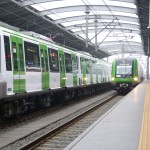
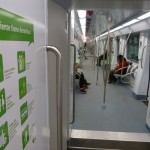
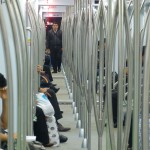
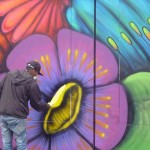
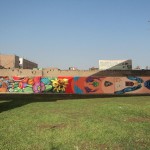
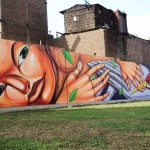
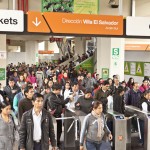
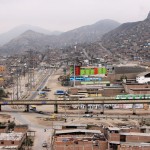
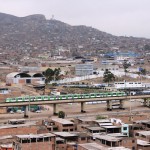
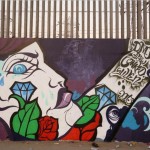
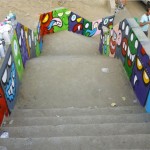
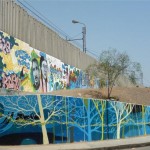
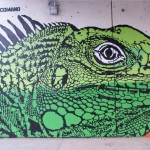
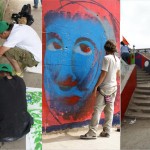
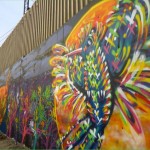
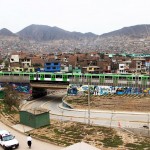





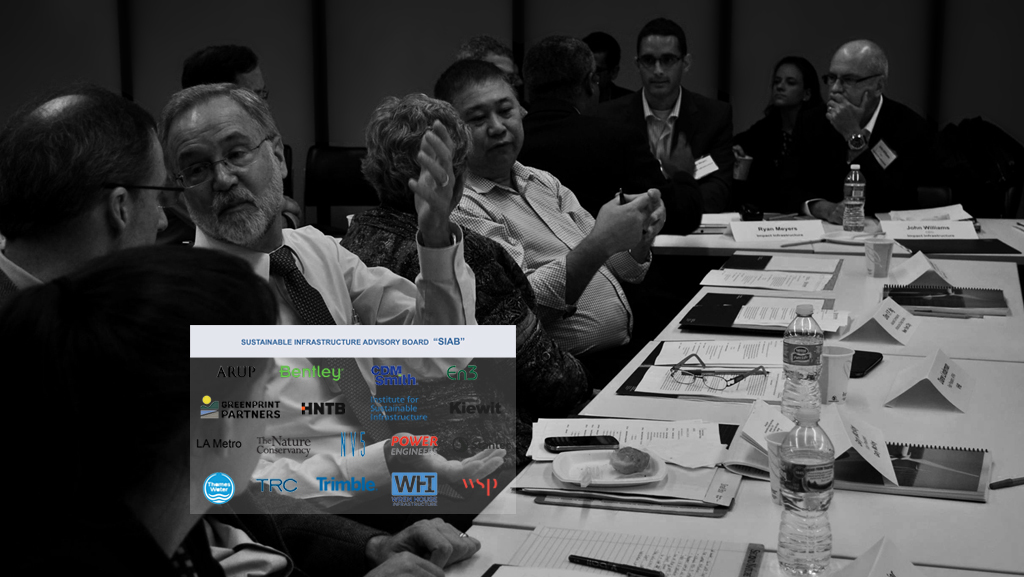
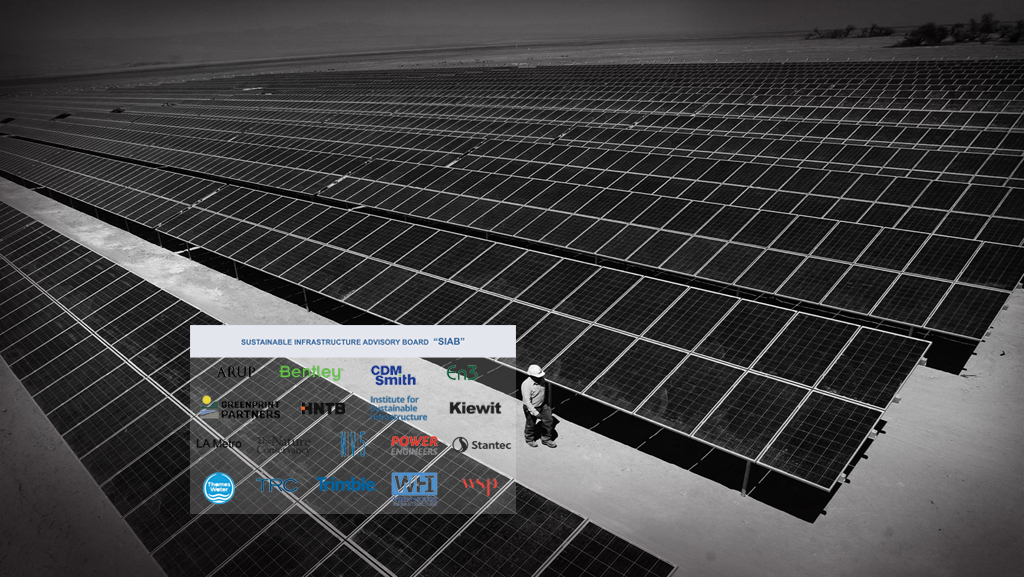
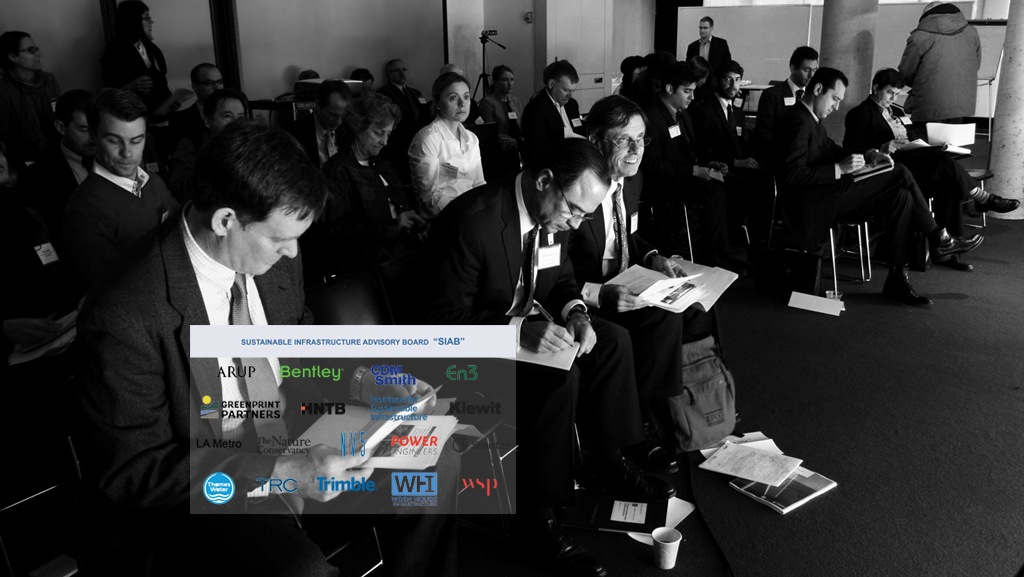
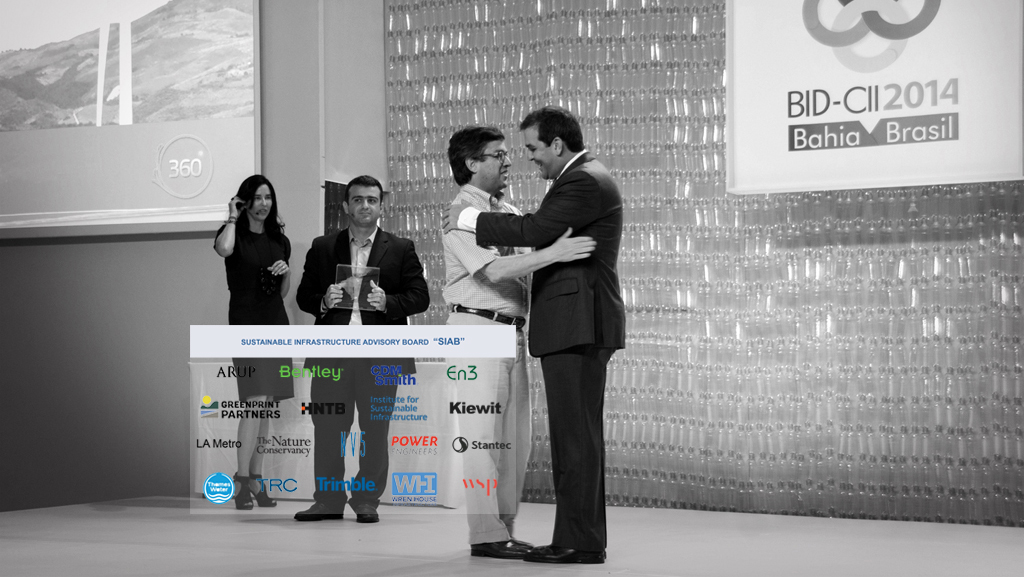
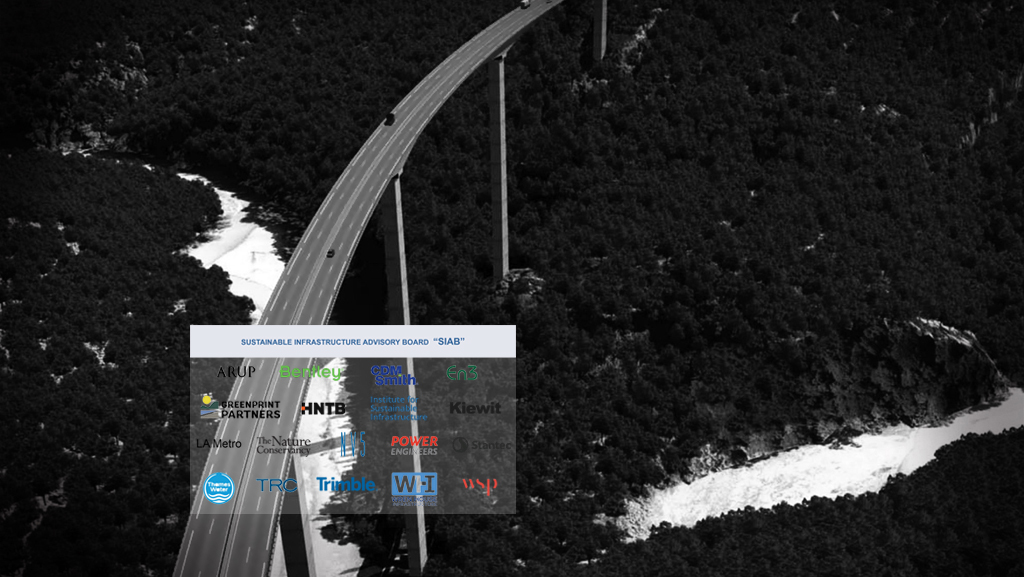
Join us now ZPH Workshop: #Sustainable #Infrastructure for #ClimateAction in-person & ZOOM https://t.co/fCjkr0Ykrh
About 2 years ago from Zofnass Program's Twitter